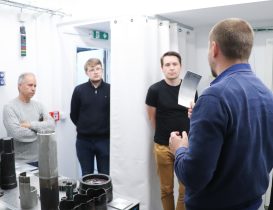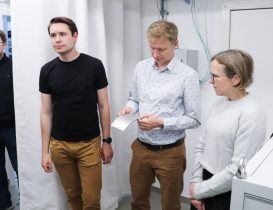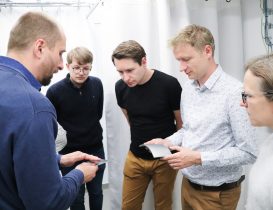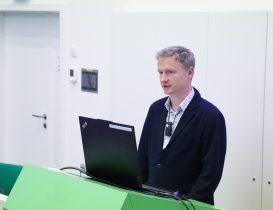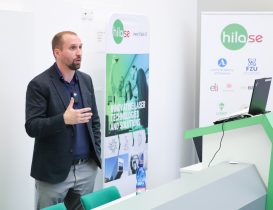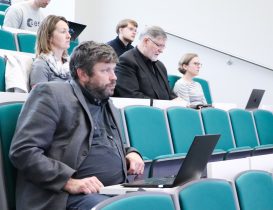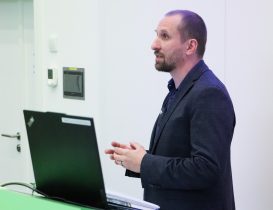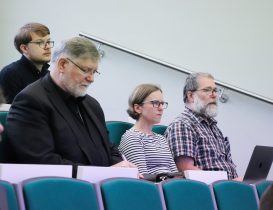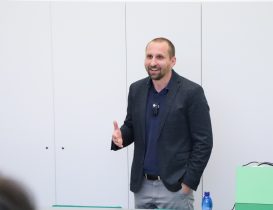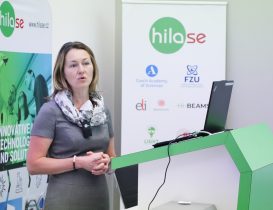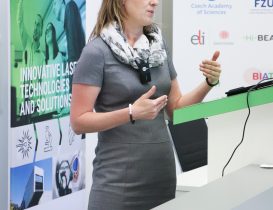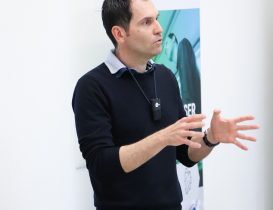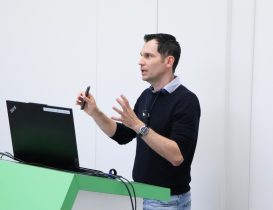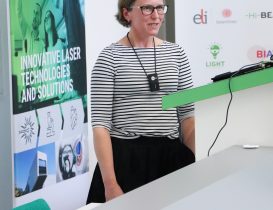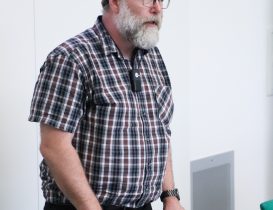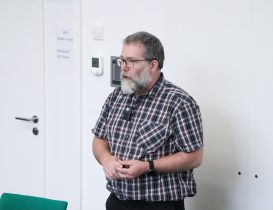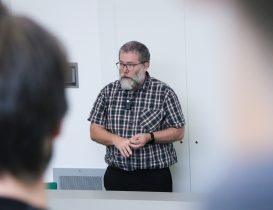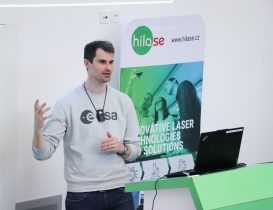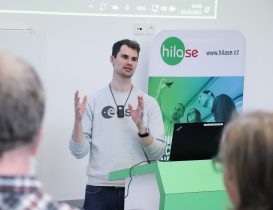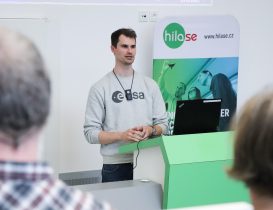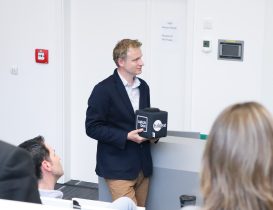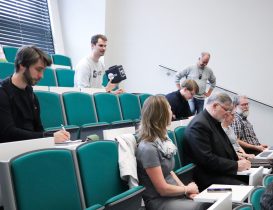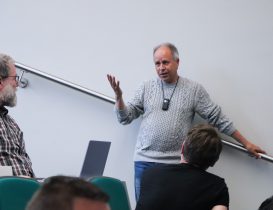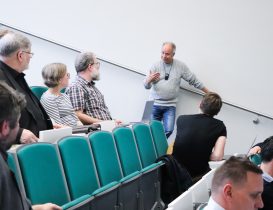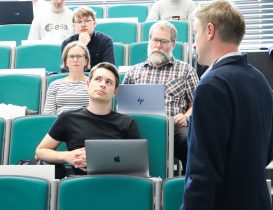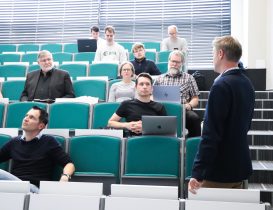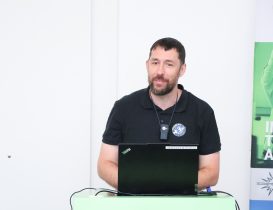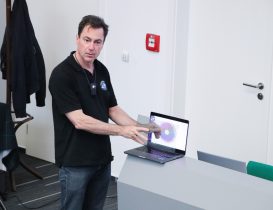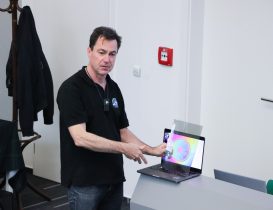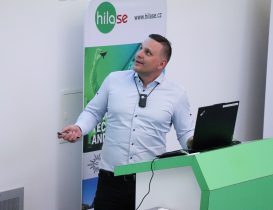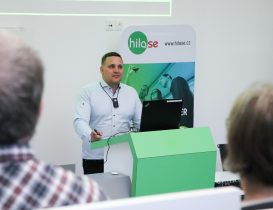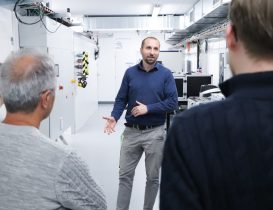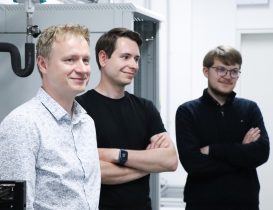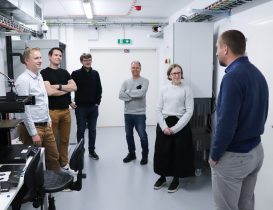The HiLASE Centre is actively involved in the AV21 research programme Space for Humankind, which strengthens the Czech Republic’s position in space research. On Monday, 5 May 2025, we had the honour of welcoming experts participating in the programme to our facility to reflect on the past year’s progress and discuss the future direction of Czech space research.
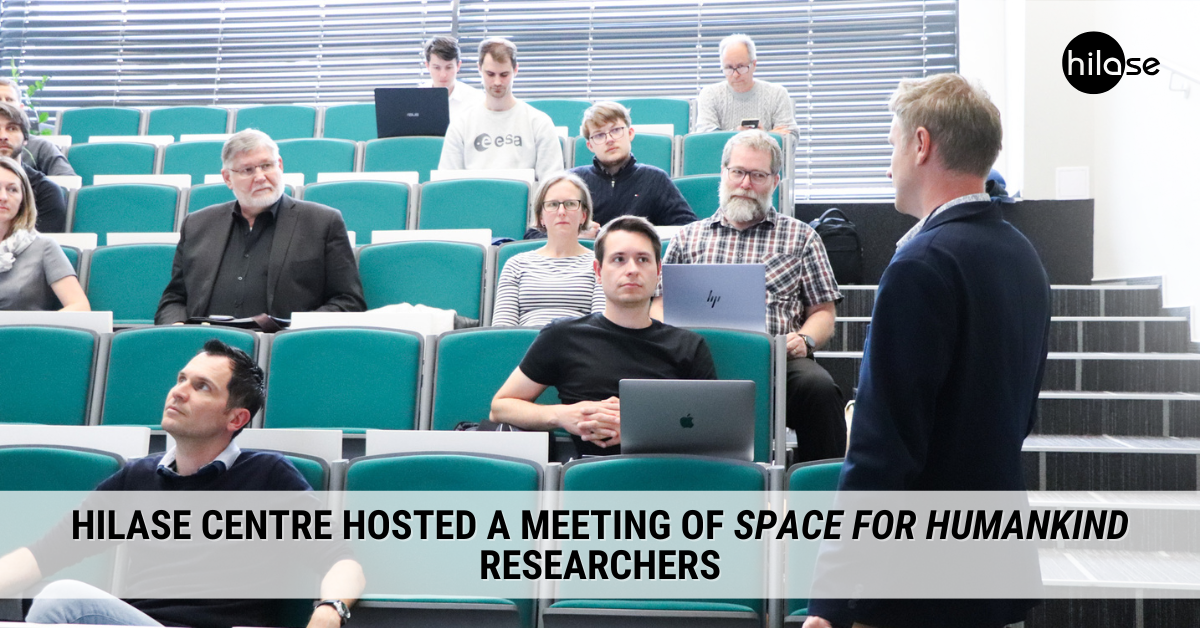
Participants were welcomed by Jan Brajer (Deputy Head for Science and Technology): “Space for Humankind embodies all the key values that define the HiLASE Centre: collaboration, responsibility, freedom, and, last but not least, courage,” he said.
“And in this context, courage is essential. Sending things into space requires much more than just technical know-how — it takes vision, belief, and the determination to push the boundaries of what’s possible. The way I see it, it’s one of the bravest things humanity can do.”
The diverse and inspiring afternoon was moderated by Jiří Svoboda, programme coordinator from the Astronomical Institute of the Czech Academy of Sciences. He introduced the research leaders of each topic, as well as representatives from other involved organisations. The speakers presented the scientific progress made possible over the past year thanks to the programme.
This was followed by a presentation from representatives of Toliman. The meeting concluded with a talk by Jan Vanda (Space Activities Coordinator), who outlined how the HiLASE Centre contributes to space research both within and beyond the Space for Humankind programme.
“Activities within the AV21 Strategy are a key part of our work at HiLASE on developing laser technologies for space debris removal,” commented Jan Vanda. “Our results will contribute, for instance, to future missions of the OMLET consortium, which is supported by ESA and focuses on using lasers to prevent collisions with space debris. Thanks to this and other research support programmes, it’s clear that Czech scientists rank among the world leaders in space applications.”
Finally, participants had the opportunity to tour the laser laboratories and experimental halls of the HiLASE Centre, where they learned more about how laser technologies are helping us explore beyond the boundaries of planet Earth.


